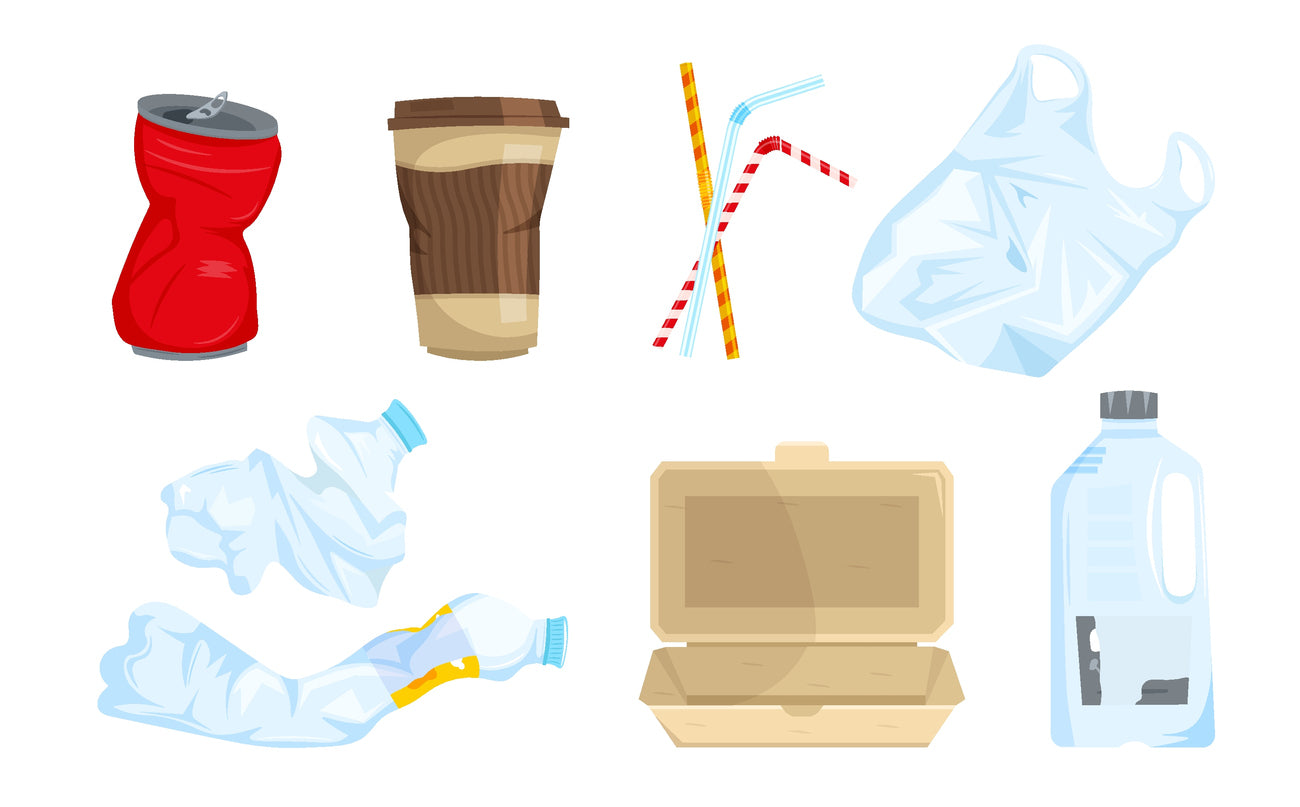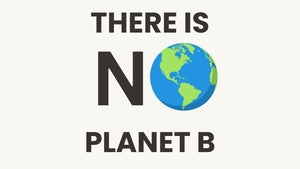Exploring the 7 Most Common Types of Plastic: Understanding Their Impact

Plastic is an integral part of our daily lives, but not all plastics are created equal. In this article, we'll delve into the seven most common types of plastic, exploring their characteristics, uses, and environmental implications.
PET (Polyethylene Terephthalate)
Polyethylene Terephthalate, commonly known as PET, is transparent, allowing for clear visibility of the contents within the plastic container. It is a versatile material that can be molded and shaped for different applications. PET is highly recyclable and is commonly collected for recycling programs.
Common Uses of PET:
-
Beverage Bottles: PET is extensively used for water, soda, and other beverage containers.
-
Food Packaging: PET is used for packaging various food products, including condiments, sauces, and snacks.
-
Textile Fibers: In addition to its use in packaging, PET is used to produce polyester fibers for textiles.
HDPE (High-Density Polyethylene)
High-Density Polyethylene, commonly known as HDPE, is known for its high strength, durability, and resistance to various chemicals. It is a versatile material that can be molded and shaped for different applications. HDPE is recyclable and often collected for recycling programs.
Common Uses of HDPE:
-
Containers: HDPE is used to manufacture containers for various products, including milk jugs, shampoo bottles, and detergent containers.
-
Pipes: HDPE pipes are commonly used in water distribution systems and for various industrial applications.
-
Packaging: HDPE is used in packaging for items such as cosmetics, cleaning products, and pharmaceuticals.
-
Toys and Outdoor Furniture: Its durability makes HDPE suitable for manufacturing toys, outdoor furniture, and other products that require resistance to weathering.
PVC (Polyvinyl Chloride)
PVC is recognized for its durability and resistance to chemicals, making it suitable for pipes, flooring, and cables. However, PVC poses environmental concerns due to the release of toxic chlorine compounds during its production and disposal. While PVC is valued for its versatility, it has environmental considerations, particularly in its production and disposal. Some environmental concerns include the release of chlorine during production and challenges in recycling.
Common Uses of PVC:
-
Construction: PVC is widely used in the construction industry for pipes, fittings, and profiles due to its durability and corrosion resistance.
-
Electrical Wiring: PVC is used for insulation and jacketing in electrical cables and wires.
-
Signage and Banners: PVC's versatility makes it a popular choice for signage, banners, and advertising materials.
-
Medical Applications: Flexible PVC is used in medical applications, such as tubing and bags.
-
Clothing: PVC-coated fabrics are used in raincoats and other waterproof clothing items.
LDPE (Low-Density Polyethylene)
Low-Density Polyethylene, commonly referred to as LDPE, is a highly flexible material, allowing it to be easily molded and shaped. It is resistant to moisture, making it effective for packaging products that require protection from humidity. While LDPE has valuable properties, its recyclability can be challenging due to its flexible nature.
Common Uses of LDPE:
-
Plastic Bags: LDPE is widely used in the production of plastic bags due to its flexibility and lightweight nature.
-
Squeeze Bottles: LDPE is used for the manufacturing of squeeze bottles for products like condiments and lotions.
-
Food Packaging: LDPE is employed in various food packaging applications, including wraps and containers.
-
Toys: The flexibility and safety of LDPE make it suitable for manufacturing toys and other child-friendly products.
-
Medical Applications: LDPE is used in certain medical devices and packaging.
PP (Polypropylene)
Polypropylene, commonly known as PP, has a relatively high melting point compared to other plastics, making it suitable for applications involving heat. It is resistant to many chemicals, making it suitable for containers that store a variety of substances. Despite its strength, PP is lightweight, contributing to its use in packaging.
PP's combination of strength, chemical resistance, and versatility has led to its widespread use in a range of industries. Additionally, PP is recyclable, contributing to efforts to reduce the environmental impact of plastic materials.
Common Uses of PP:
-
Packaging: PP is extensively used in packaging applications, including bottles, containers, and caps.
-
Textiles: PP is used in the textile industry for the production of fibers and fabrics.
-
Automotive Parts: PP is used in the manufacturing of various automotive components due to its strength and resistance to chemicals.
-
Medical Devices: PP is used in medical applications, such as syringes and vials.
-
Consumer Goods: PP is found in a variety of consumer goods, including reusable food containers and kitchenware.
PS (Polystyrene)
Polystyrene, often abbreviated as PS, is exceptionally light, making it suitable for packaging and disposable products. It is cost-effective to produce, contributing to its widespread use in various industries. While PS has practical applications, it has faced environmental concerns due to challenges in recycling and its persistence in the environment.
Common Uses of PS:
-
Food Service Products: Disposable foam containers, cups, and trays are often made from PS due to its lightweight nature.
-
Packaging: PS is used in packaging materials, providing insulation and protection for fragile items.
-
Insulation: Foam PS is employed in construction for insulation purposes.
-
Disposable Products: PS is used for single-use items like cutlery, plates, and coffee cups.
Others
The category labeled as "Others" includes various plastic types with distinct properties and applications. Unlike some more commonly known plastics, the recyclability of plastics falling under the "Others" category can vary. Here's an example that often falls into this category:
ABS (Acrylonitrile Butadiene Styrene) ABS is known for its strength, impact resistance, and heat resistance. The recyclability of ABS can be variable, and its recycling process may face certain challenges.
The "Others" category may encompass additional plastics with unique characteristics and applications. The recyclability of these plastics depends on factors such as local recycling facilities and technological advancements.
Plastics have changed our lives, but they come with environmental challenges. Knowing the types of plastics is crucial. Recycling is good, but it's tough. Let's explore alternatives and use less single-use plastic for a better future. Making smart choices and supporting eco-friendly options can help our planet stay healthy.
-
Posted in
Awareness
